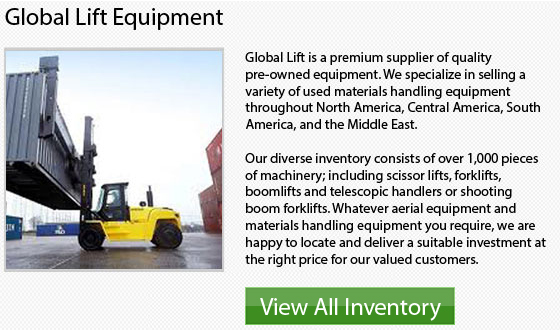
On the market nowadays are lift trucks which are categorized in 7 different classes. Classes 1-4 comprise lift trucks that are designed particularly to utilize on smooth indoor surfaces. They could be chosen for specific factors of recycling that happen in those kinds of settings. For more rigorous outdoor recycling applications, Class VII and V lift trucks are usually used.
There are numerous company operations which work outdoors and have to handle extreme workloads. Their lift truck selection will gravitate toward IC or Internal Combustion machinery in Class V and Class VII. These models work really well in any kind of weather conditions and have an adequate amount of power to run heavy objects during the course of a shift.
Using a lift truck safely is one more vital thing to take into consideration. Understanding and acknowledging the center of gravity is vital when operating a forklift, specifically while traveling on uneven terrain. Recognizing the stability triangle in these difficult work conditions is imperative too.
Normally, warehouses can employ different types of reach trucks. Several manufacturing operations and the supply area for numerous textile firms also depend on different units. Using a reach truck to store finished goods on pallets, a range of supplies and other pieces of machines is common. These kinds of equipment help to keep a facility organized and allow them to use the maximum amount of area by stacking vertically. Reach trucks are quite simple to utilize. They could help make better use of both available storage space and time.
If you are going to be using your lift truck machinery 4 to 8 hours a day, it is extremely better to purchase new. The warranty alone could come in handy with such continuous use. If, on the other hand, you are just loading and unloading on a bi-weekly basis or not very often, then a used unit could be suitable for your needs. Each situation is different and you should assess your individual needs prior to choosing a suitable machinery.